Sometimes, we give up on a species too soon. Just because it’s been a few decades or even centuries since a creature showed its face, doesn’t always mean it’s truly extinct. These so-called Lazarus species — named for a man resurrected by Jesus in the Gospel of John — often evade our notice because of their small size or hard-to-access habitats. Here are seven recent examples.
Coelacanth
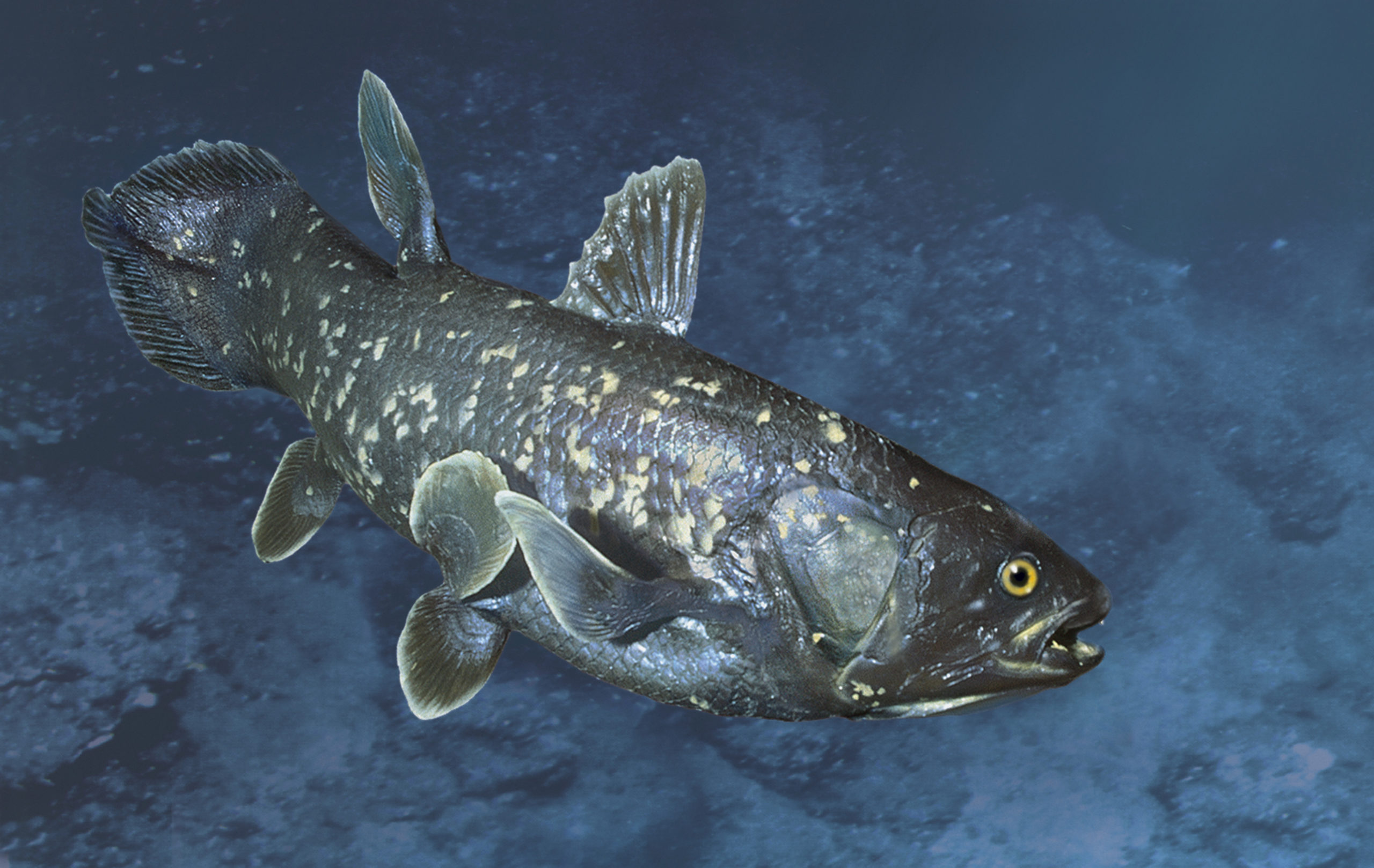
Let’s get the 2 metre, 90 kg fish out of the way. The coelacanth looks like a grouper got a paint job from the night sky; it’s a bulky, midnight-blue fish with a speckling of iridescent scales. It was previously identified from fossils and thought to have gone extinct some 75,000,000 years ago, so when one of the fish was trawled off the coast of South Africa in 1938, it was a bit of a shock. It wasn’t until 1952 that another, more well-preserved specimen came out of the shallow waters off Comoros that the animal’s identity (and survival) were confirmed by ichthyologist J.L.B. Smith, who relied on local Comorans Ahamadi Abdallah and Affane Mohamed, who found a new specimen and suggested calling the tip in. “When he saw the fish,” the New York Times reported at the time, “Professor Smith knelt on the deck and wept.”
This hefty fish is even featured in Animal Crossing and inspired a species of Pokémon. The actual species remained rare, and threatened, so you can imagine the amazement of National Geographic divers when they saw one in the flesh back in 2012.
Black-Browed Babbler
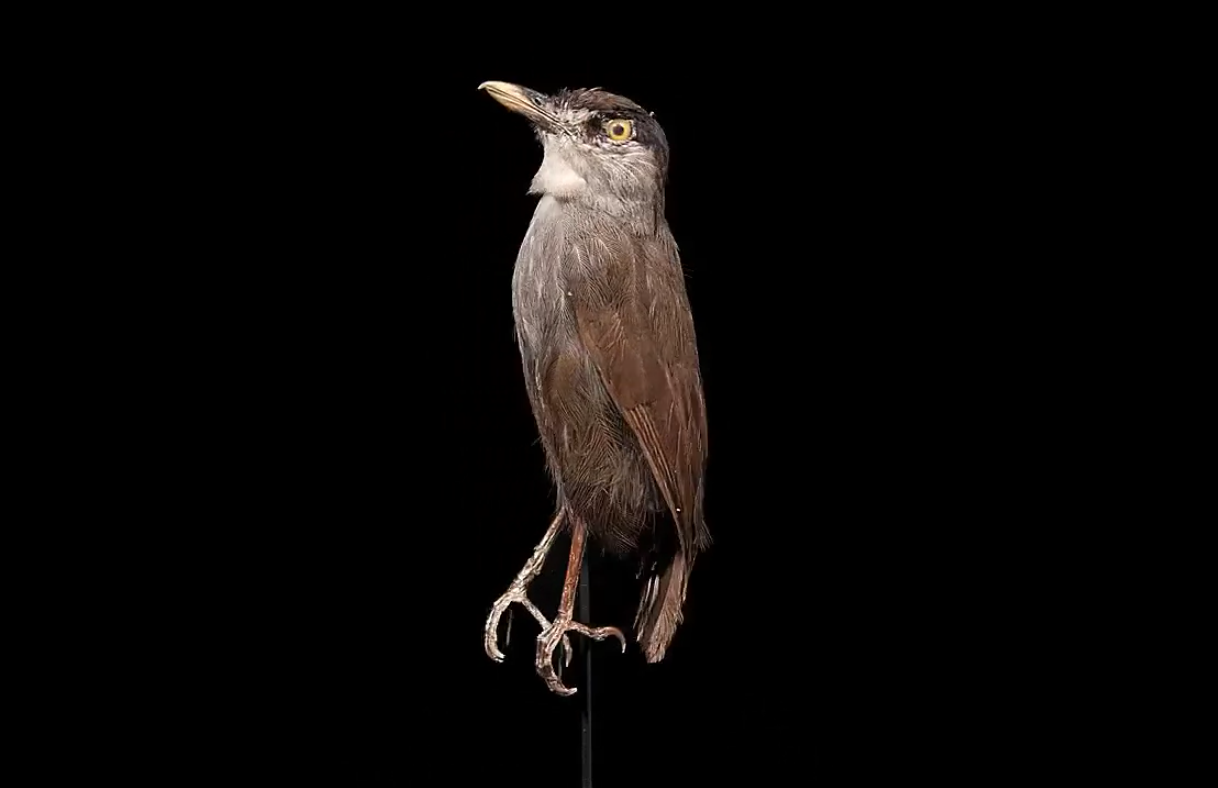
Imagine being part of a newly founded birdwatching group and rediscovering a bird last confirmed to exist in 1850. This was the experience of a team of Indonesian birdwatchers who came across the black-browed babbler, a wine-red-eyed, brown-and-grey bird about the size of a house sparrow, with a black stripe smeared like eyeliner across its face.
For a bird that allegedly babbles, it’s been awfully quiet for the past 170 years. A museum specimen was all ornithologists had to go on until this rediscovery, made in October 2020 and announced last month. Not much else to be written yet, as the bird’s reappearance is so darn new.
New Guinea Singing Dog

The singing dog of New Guinea, also known as the highland dog, was thought to be extinct in the wild for some 50 years. Evidence of the dogs resurfaced recently in the age of camera phones, which captured everything from scat to the animal’s haunting, melodious howl. But its existence in the wild wasn’t confirmed until 2018, when a team of field biologists collected genetic samples from a pack of the canids lurking around a gold mine in the New Guinea highlands.
The singing dog is an ancient lineage of wild dog; they look somewhere between a dingo and a Shiba Inu. The identity of the animals was confirmed in a DNA study that compared the wild dogs’ genetics with captive-bred populations, whose own lineage is getting to a dangerous genetic bottleneck. Conservationists are hoping the newfound wild population can reintroduce some useful genetic diversity into the species.
Judean Date Palm
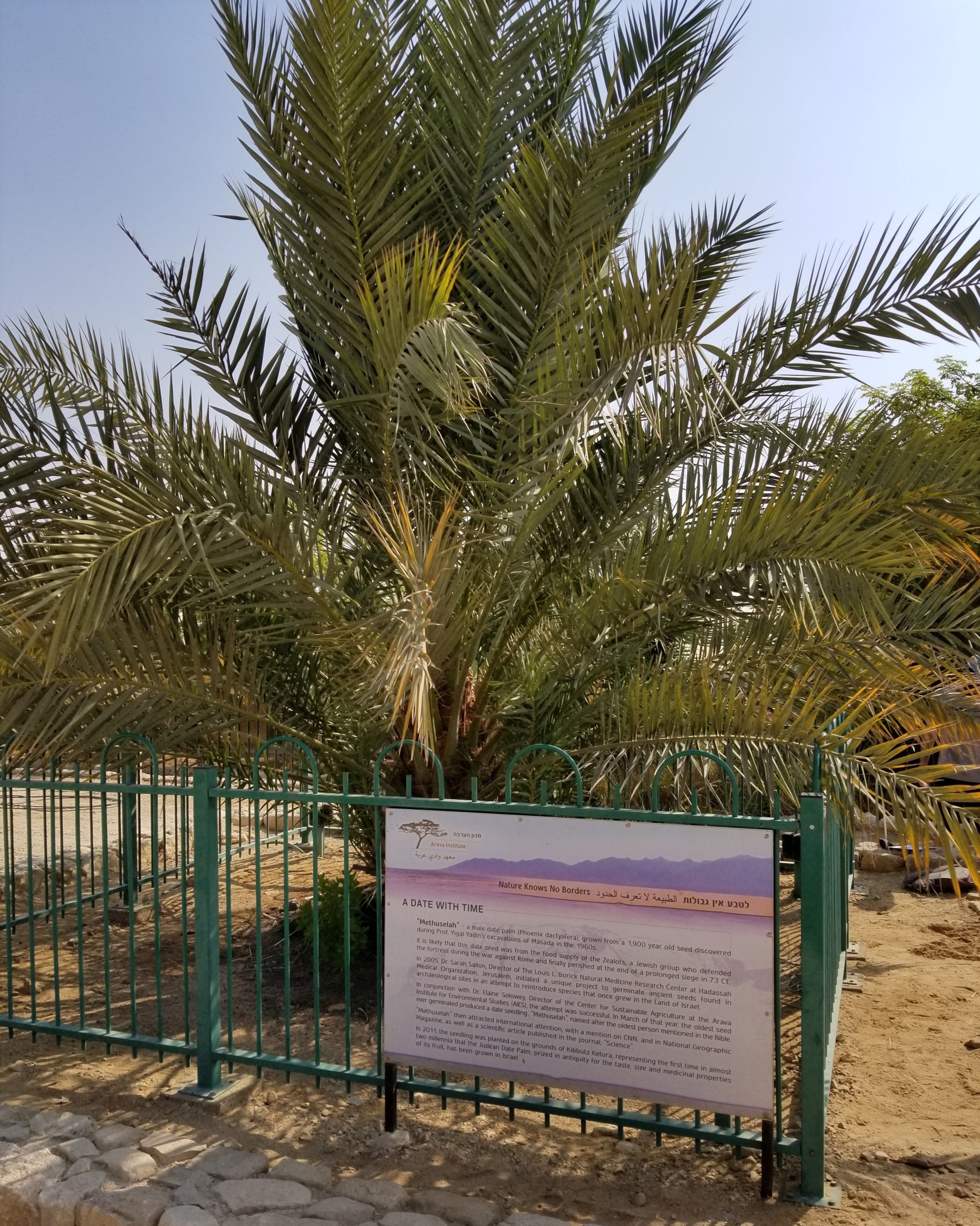
We know, we know. It’s not fauna. But this palm has an amazing story of rediscovery. The date species was originally domesticated during the Neolithic, some 7,000 years ago. The dates grown in the region of the Kingdom of Judah, known as Judean dates, were extolled by historians of the day. But by the 19th century, the plant had vanished. Over the past 50 years, however, excavations at the high-altitude Dead Sea site of Masada turned up 1,900-year-old seeds that researchers decided to plant.
One of the seeds grew. Nicknamed Methuselah, the palm is now 15 years old and about 3 metres tall. Last year, researchers germinated another six palm seeds. Slowly but surely, scientists are engineering the famous dates back to life and learning more about their diversity. A pity we can’t do the same for animals, yet.
Pinatubo Island Mouse
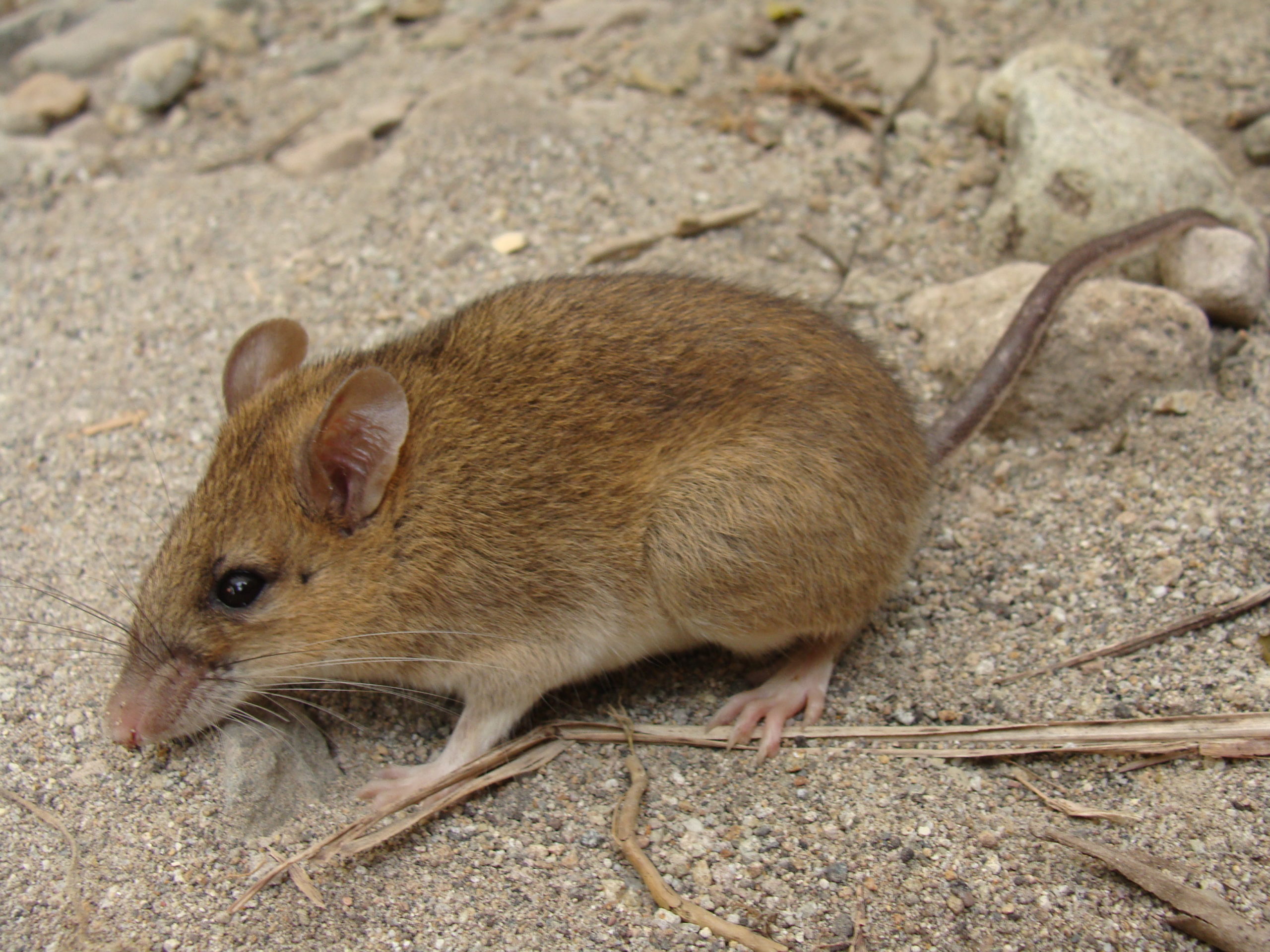
In 1991, the Philippines’ Mt. Pinatubo erupted, leaving a huge amount of destruction in its immediate environs. The region was so unstable following the volcano’s outburst that field biologists weren’t able to take stock of the damage for some time. One animal feared extinct was the petite island mouse, only previously observed once in the 1950s. The population was so small back then, scientists figured there’d be no way it survived such a devastating eruption.
They thought wrong. Ten years ago, a team led by Chicago’s Field Museum found a multitude of mice dwelling in the windswept, brush-covered landscape that marks a disaster zone’s renewal. The number of the animals has biologists thinking the mouse is something of a disaster expert; the rodent seemed to increase in population in the eruption’s wake. Perhaps it was the effect the cataclysm had on native predators. Happily, the mouse is still kicking — above its weight, if its currently thriving population is any measure of success.
Starry Night Toad
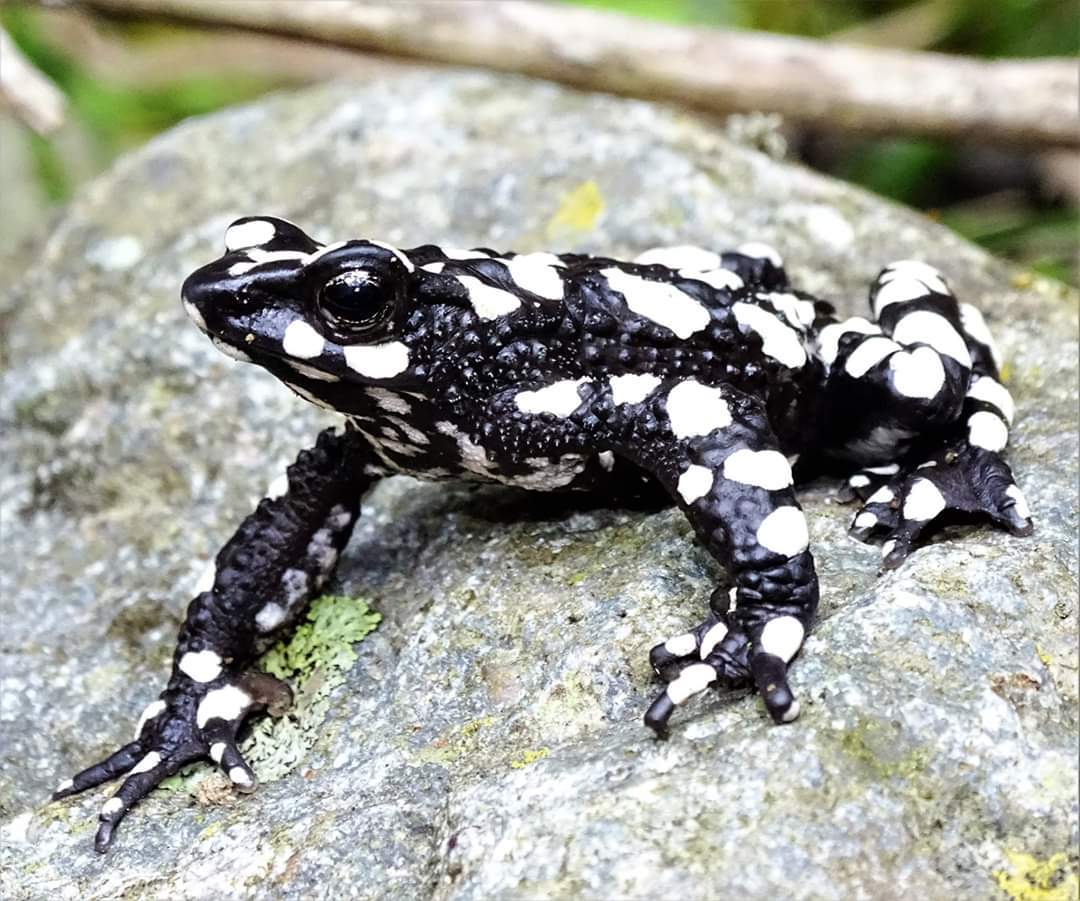
Often when we talk about a “lost” species, we mean a species lost to Western academic science, thereby overlooking what may be common knowledge to locals. When the coelacanth was “rediscovered,” it was already known as an occasional catch by local fishermen, who knew the fish as the “mame” or “Gombessa,” a weird sort of grouper that would get mixed up in the daily haul.
The high-altitude starry night harlequin toad was never extinct to the indigenous Arhuaco community in Sogrome, Colombia. The toad — the local name of which National Geographic reports also corresponds to the splendorous night sky — is critically endangered, and the Arhuaco have a reverent relationship with the amphibian, whose calls they listen to for spiritual purposes. Now, conservation efforts are focusing on the speckled toad, in hopes of ensuring its continued survival.
Zanzibar Leopard
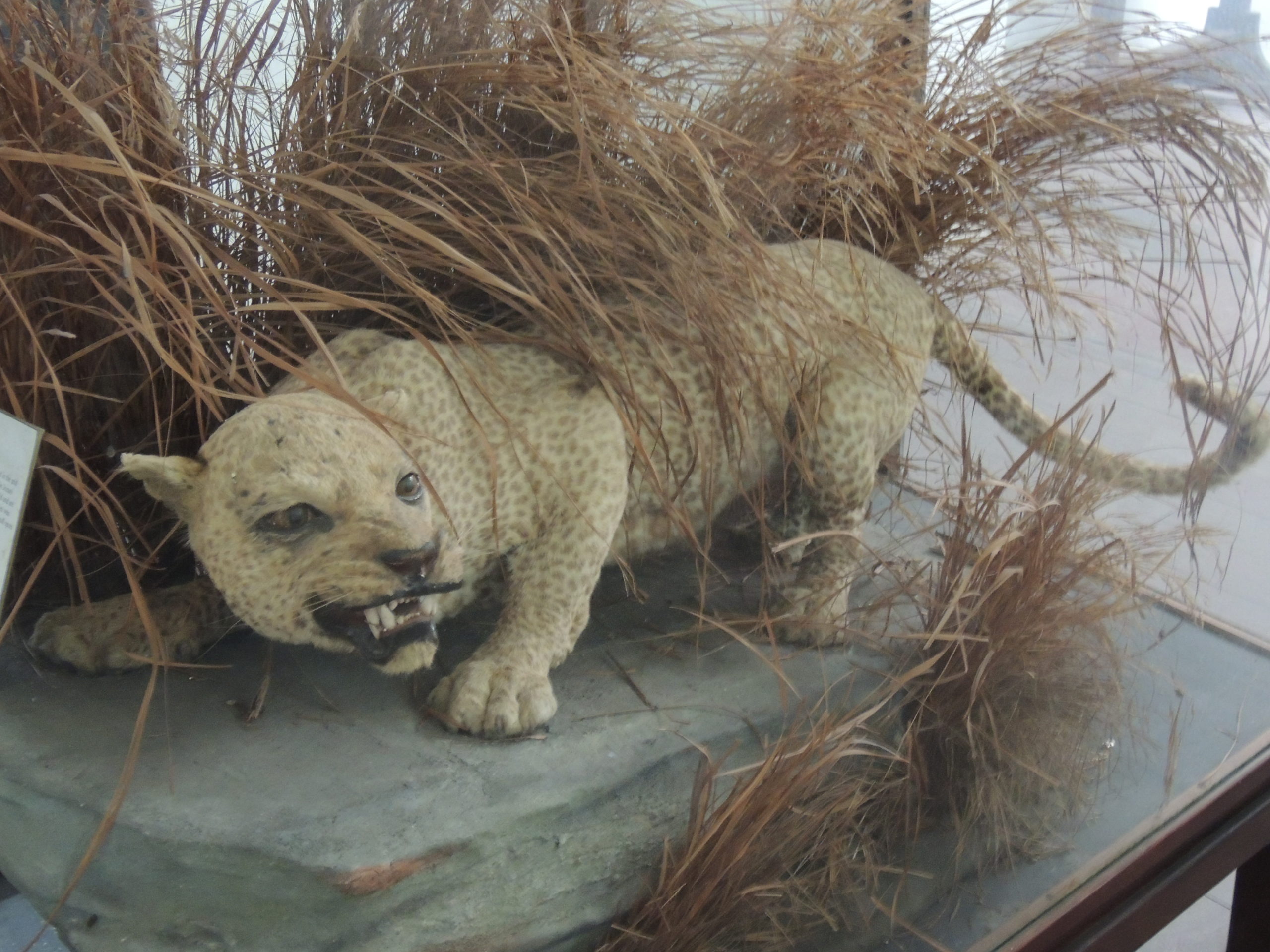
Even with camera traps and resources aplenty, researchers can have a tough time finding animals that don’t want to be found. Take the Zanzibar leopard. This cat was thought gone for 30 years due to poaching, until a camera crew caught what appeared to be one moving through the island’s brush.
You can immediately see in this video the impact the find has on the searchers; to look for something thought long gone seems a fool’s errand, until that hope is rewarded. In black-and-white footage, the languid stride of a spotted feline is clearly visible. This potential rediscovery has yet to be confirmed, and the team now is trying to get DNA evidence.
